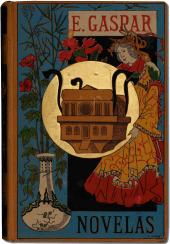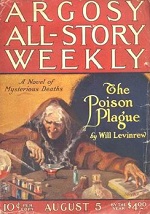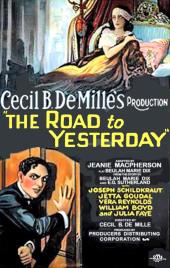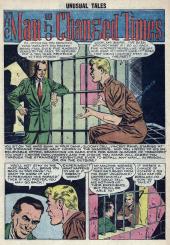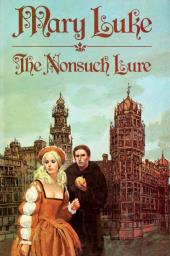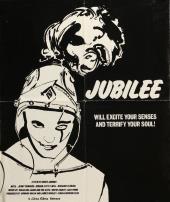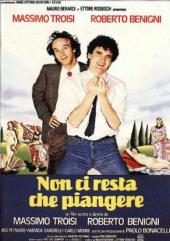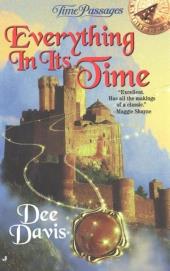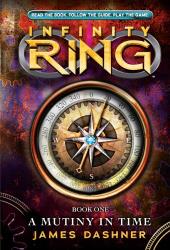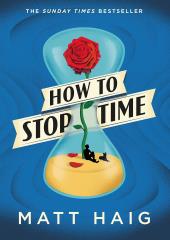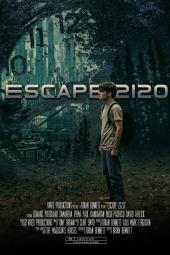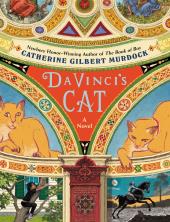Novel
El Anacronópete
- by Enrique Gaspar
- in Novelas (Daniel Cortezo, 1887)
Mad scientist Don Sindulfo and his best friend Benjamin head to the past in Sindulfo’s flying time machine along with Sindulfo’s niece, her maid, a troop of Spanish soldiers, and a bordelloful of French strumpets for madcap adventures at the 1860 Battle of Téouan, Queen Isabella’s Spain, nondescript locales in the eleventh and seventh centuries, 3rd-century China, the eruption of Mt. Vesuvius, and a biblical time shortly after the flood.
After taking a year of Spanish at the University of Colorado, I undertook a three-year project of translating Gaspar’s novel to English, which is available in a pdf file for your reading pleasure. Even with the unpleasant twist at the end, it was still a fine, farcical romp through history. —Michael Main
After taking a year of Spanish at the University of Colorado, I undertook a three-year project of translating Gaspar’s novel to English, which is available in a pdf file for your reading pleasure. Even with the unpleasant twist at the end, it was still a fine, farcical romp through history. —Michael Main
—Poco á poco—argumentaba un sensato.—Si el Anacronópete conduce á deshacer lo hecho, á mi me pasrece que debemos felicitarnos porque eso no permite reparar nuestras faltas.
—Tiene usted razón—clamaba empotrado en un testero del coche un marido cansado de su mujer.—En cuanto se abra la línea al público, tomo yo un billete para la vispera de mi boda.
translate
“One step at a time,” argued a sensible voice. “If el Anacronópete aims to undo history, it seems to me that we must be congratulated as it allows us to amend our failures.”
“Quite right,” called a married man jammed into the front of the bus, thinking of his tiresome wife. “As soon as the ticket office opens to the public, I’m booking passage to the eve of my wedding.”
